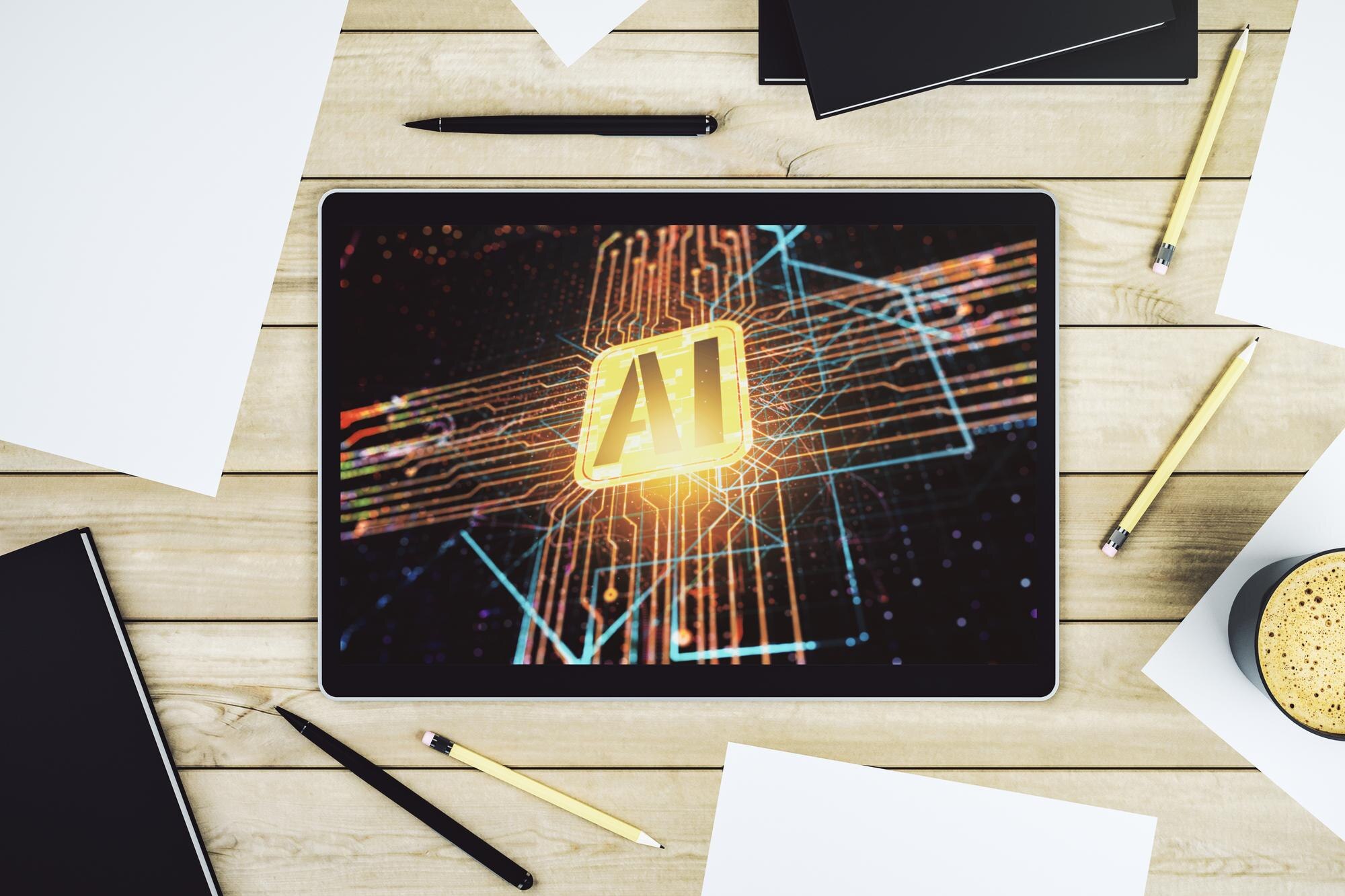
How HUDs Transform Learning: Beyond Game Scores
Head-Up Displays (HUDs) are widely known from aviation and gaming. Their core function—overlaying critical digital information directly onto a user's line of sight—represents a significant technological advancement. This capability extends far beyond mere entertainment or operational data presentation, holding profound potential across various sectors.
In the realm of education, this capability offers an unprecedented opportunity to redefine learning environments. Imagine a student able to access contextual facts, real-time simulations, or interactive prompts seamlessly integrated into their physical surroundings. HUDs deliver a dynamic, highly engaging experience, making complex subjects more accessible and tangible for learners of all ages.
This paradigm shift moves us away from passive consumption of content towards active, immersive engagement. Traditional methods often struggle to maintain attention or adapt to diverse learning styles. HUDs, conversely, provide personalized pathways, presenting information precisely when and where it is most relevant, thereby optimizing retention and deeper understanding.
The true power of HUDs in education lies far beyond simple performance tracking, which is often their primary function in gaming. Instead of just displaying “scores,” these systems can offer nuanced, immediate feedback on conceptual grasp, highlight specific areas requiring further attention, and guide learners through intricate processes, fostering genuine skill development.
Furthermore, the integration of augmented reality (AR) within HUDs significantly elevates this potential. Learners can interact with three-dimensional models, explore virtual environments superimposed onto their physical space, or conduct simulated experiments without physical limitations. This interaction brings abstract theories to vivid reality, enhancing comprehension and practical application.
This innovative approach to knowledge acquisition is poised to revolutionize how individuals engage with educational content. By seamlessly blending digital insights with real-world observation, HUDs pave the way for more intuitive, effective, and deeply personal learning journeys, fundamentally reshaping the future of skill development.
Applications and Considerations
- Technical Skill Enhancement: In engineering and medicine, HUDs provide real-time, contextual guidance during complex tasks. This boosts precision, but careful content design is vital to avoid overload.
- Immersive Field Studies: For environmental science or history, HUDs overlay data onto physical locations, deepening understanding. Device robustness and connectivity in varied environments are key.
- Procedural Guidance: Used for onboarding and operational training. Offers interactive, step-by-step instructions, enhancing learning efficiency. Initial content development can be resource-intensive.
Expert Perspectives on Learning Transformation
Leading educational researchers and technology specialists largely concur that HUDs possess an unparalleled capacity to elevate learner engagement. The inherent interactive quality and immediate contextual relevance of information presented directly within a learner's field of vision captivate attention far more effectively than conventional, static educational materials. This heightened focus is crucial for complex topics. 
A significant point of expert deliberation centers on the intricate process and associated resource allocation for developing high-fidelity, adaptive content tailored for HUD platforms. Crafting compelling learning experiences demands a specialized blend of instructional design expertise, coupled with advanced capabilities in augmented and virtual reality development. This is a considerable undertaking.
The potential for cognitive overload is another area of active discussion. Experts advocate for stringent design principles, emphasizing minimalist, intuitive interfaces and intelligent information filtering. The goal is to deliver insights without distraction, ensuring optimal processing. Hexolvepuz understands the critical balance required to make these tools genuinely effective.
Concerns regarding accessibility and equitable distribution of this advanced technology are also frequently raised. Ensuring that all learners, irrespective of their socio-economic background or physical capabilities, can benefit from such innovative tools presents both an ethical imperative and a practical challenge requiring thoughtful strategic planning and implementation.
While the qualitative benefits of immersive HUD learning are widely acknowledged, the development of robust, quantitative metrics for assessing learning outcomes beyond traditional examinations remains an evolving challenge. The question persists: how do we precisely measure the depth of comprehension and skill mastery fostered by these profoundly interactive experiences?
The Future of Integrated Learning
Head-Up Displays fundamentally reshape learning by seamlessly integrating digital information into our physical environment. This fosters dynamic, personalized, and highly engaging educational experiences, promising enhanced understanding and skill development.
Achieving this transformation requires thoughtful design, ethical deployment, and continuous research. Addressing content complexity, cognitive load, and ensuring equitable access are paramount for these powerful tools to empower all learners effectively.
Posted by
Rania Mohd
The best game interfaces don't just show; they teach.
Comments

Nadhir Azimah
5 days ago
This article truly highlights the innovative path HUDs offer for learning. I can envision this transforming technical training, making complex tasks much clearer. Hexolvepuz seems to be at the forefront of this vision.
Reply
Hafiza Shahirah
1 days ago
Thank you for your insights! We agree on the significant potential for technical skill enhancement. The precision offered by contextual guidance is indeed a key benefit we aim to foster.
Reply
Shaqina Zamri
5 days ago
While the concept is exciting, I wonder about the practicalities of content creation. It sounds like a substantial undertaking to develop adaptive materials for every learning scenario. How scalable is this really?
Reply
Aziz Yasmin
1 days ago
That's a very valid point. Content creation is indeed a significant challenge. However, advancements in authoring tools and AI-assisted design are continuously improving scalability, making these solutions more accessible over time.
Reply
Hadi Noraini
5 days ago
I appreciate the discussion on cognitive load. It's crucial that these tools enhance focus, not distract. The emphasis on minimalist design principles is very reassuring for effective learning outcomes.
Reply
Shaheera Khalid
1 days ago
Absolutely. Our focus is always on optimizing the learning experience. Intelligent information filtering and intuitive interfaces are fundamental to ensuring HUDs serve as powerful aids without overwhelming the user.
Reply





